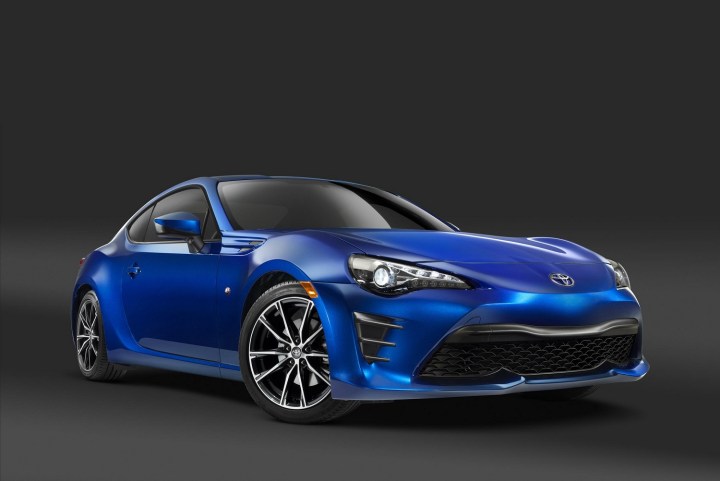
“The GT86 will carry on,” said Karl Schlicht, the boss of Toyota’s European division, in an interview with British magazine Autocar. “The car serves a big purpose. We are not getting out of that business. Sporty cars go through their phases. It’s our intention to continue with that car.”
Like the current 86 (pictured), the next-generation model will most likely be developed jointly by Toyota and Subaru. That means it will carry on with a flat-four engine, and it also signals that the BRZ will live to see a second generation. However, it’s too early to provide technical specifications for either model because the project is still at the embryonic stage of development. Schlicht suggested a chief engineer hasn’t been appointed yet.
One thing is for sure: the next-generation 86 will again be available exclusively as a coupe. Toyota teased us by unveiling a topless version of the car at the 2013 edition of the Geneva Auto Show, but the close-to-production concept was never given the proverbial green light for production. Schlicht downplayed the arrival of a second body style, explaining that the Japanese company doesn’t have enough production capacity to spare to expand the lineup.
The next-generation 86 isn’t expected to make its debut until late 2018 or early 2019, a time frame that suggests we might not get it until the 2020 model year. When it arrives, it will be sold alongside the long-awaited Supra that Toyota is currently developing with BMW. Whether a smaller model inspired by last year’s S-FR concept will bookend the company’s sports car lineup is anyone’s guess at this point.



